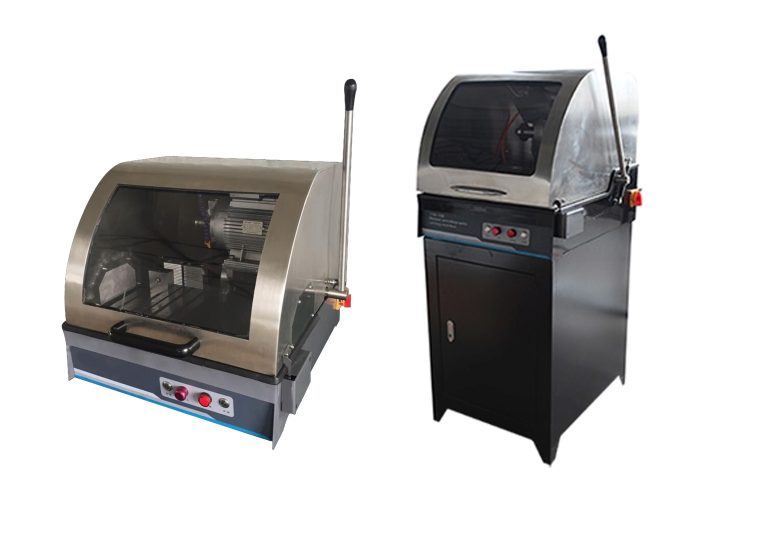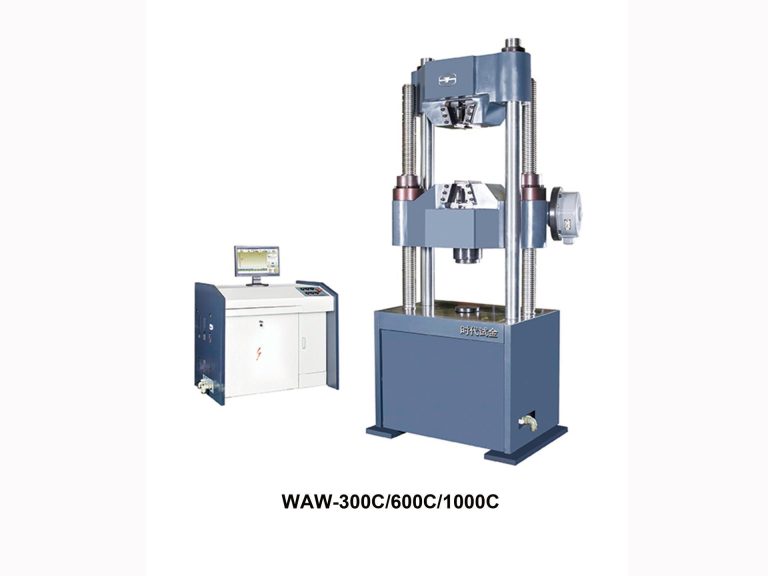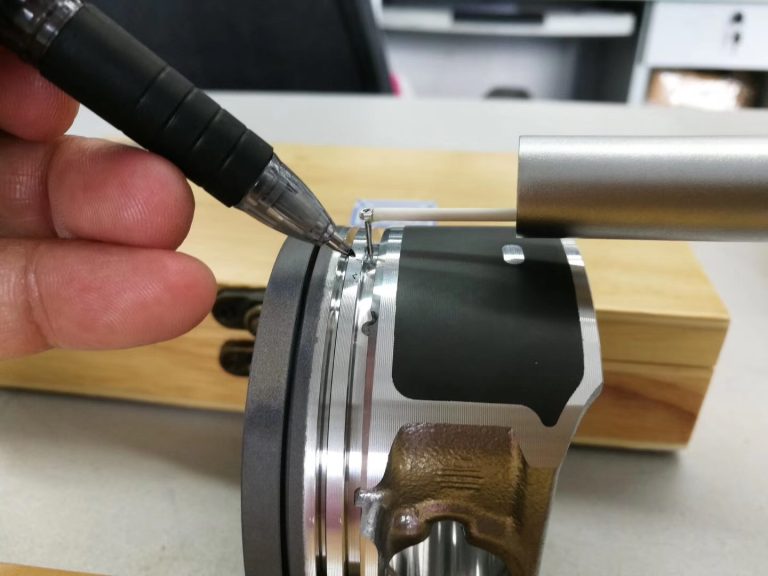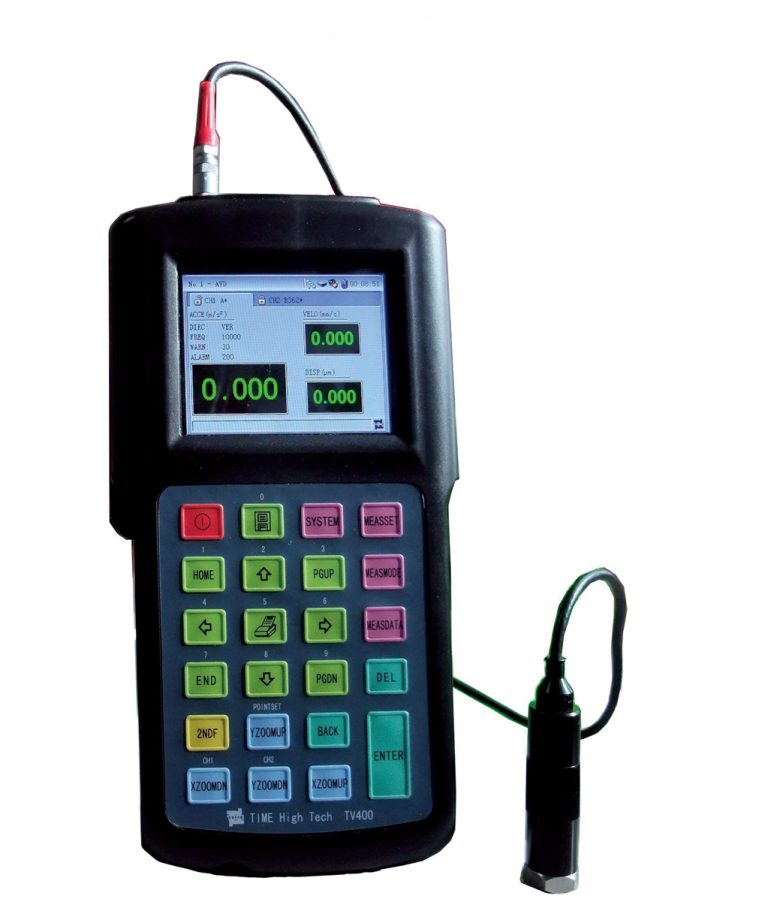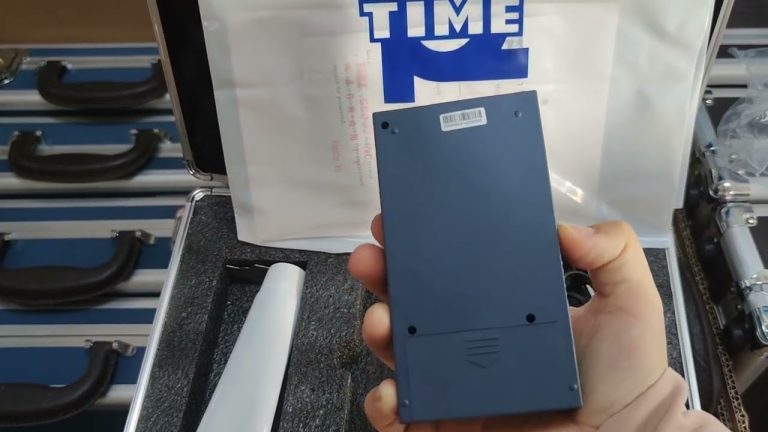Ultrasound is a sound wave with a frequency greater than 20,000 Hz, and it is a mechanical wave. The frequency of ultrasonic waves used in metal flaw detection is 0.5 to 10 MHz, of which 2 to 5 MHz are the most commonly used.
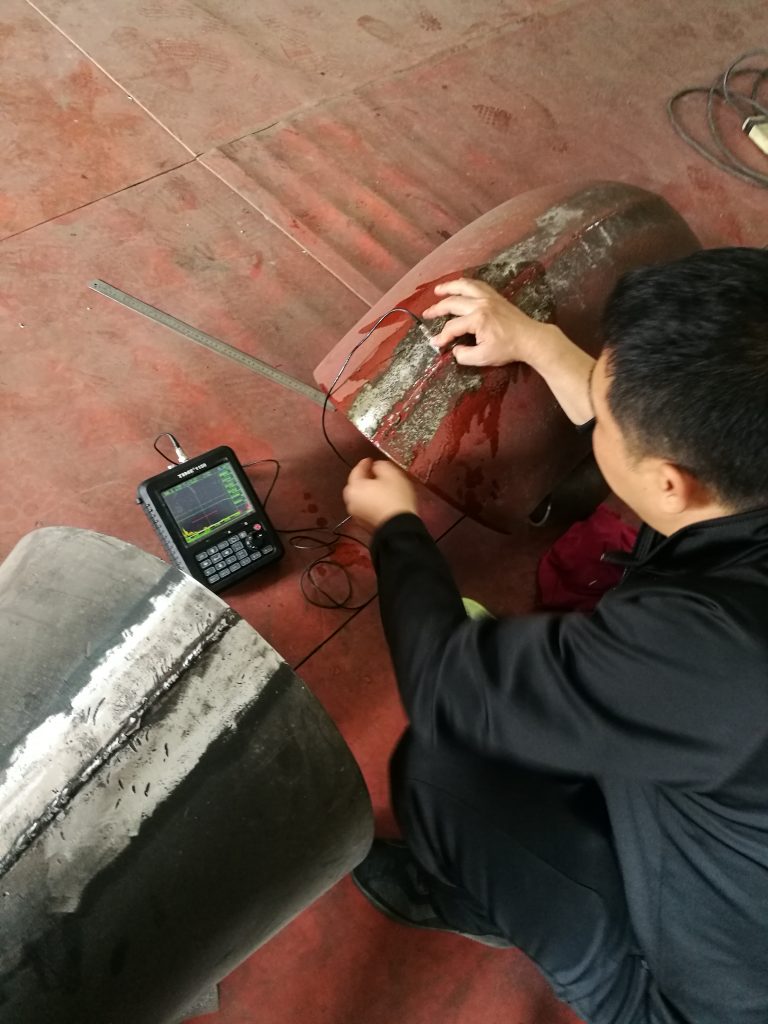
- Generation and reception of ultrasonic waves
Piezoelectric method is used to generate ultrasonic waves in flaw detection. The piezoelectric method uses piezoelectric crystal sheets to generate ultrasonic waves. Piezoelectric crystal wafer is a special crystal material. When the piezoelectric crystal wafer is deformed under the action of tensile stress or compressive stress, charges will appear on the surface of the wafer; conversely, it will deform under the action of charges or electric fields. The former is called the positive piezoelectric effect, and the latter is called the inverse piezoelectric effect.
The generation and reception of ultrasonic waves are achieved by utilizing the piezoelectric effect of the piezoelectric crystal piece in the ultrasonic probe. The electrical oscillation generated by the ultrasonic flaw detector is loaded on both sides of the piezoelectric crystal sheet in the probe in the form of high-frequency voltage. As a result of the inverse piezoelectric effect, the piezoelectric crystal sheet will produce continuous expansion and contraction deformation in the thickness direction. Mechanical vibration is formed.
If there is good coupling between the piezoelectric crystal piece and the surface of the workpiece, the mechanical vibration will propagate into the workpiece under inspection in the form of ultrasonic waves, which is the generation of ultrasonic waves. On the contrary, when the piezoelectric crystal sheet undergoes expansion and contraction deformation under the action of ultrasonic waves, the positive piezoelectric effect will cause charges with different polarities to be generated on both surfaces of the piezoelectric crystal sheet, forming a high-frequency voltage of ultrasonic frequency to echo the electric wave. The form of the signal is displayed by the flaw detector, which is the reception of ultrasonic waves.
- Properties of Ultrasonic Waves
- Ultrasound has good directivity
Because the wavelength of ultrasonic waves is very short, it can propagate in straight lines like light waves in elastic media. Moreover, the propagation speed of ultrasonic waves in a fixed medium is a constant, so its propagation distance can be calculated based on the propagation time, which provides a basis for locating defects during flaw detection. - Ultrasonic waves can propagate in elastic media but cannot propagate in vacuum
In general flaw detection, the air medium is usually treated as a vacuum, so it is believed that ultrasonic waves cannot propagate through the air. - Ultrasonic waves, like sound waves, have different wave types when passing through a medium, depending on the relationship between the vibration direction of the medium particles and the propagation direction of the wave.
⑴Longitudinal wave (L) When a sound wave propagates in a medium, the wave in which the vibration direction of the medium particles is the same as the propagation direction of the wave is called a longitudinal wave. It can spread in solids, liquids and gases.
⑵ Transverse wave (S) When a sound wave propagates in a medium, the vibration direction of the medium particle and the propagation direction of the wave are perpendicular to each other, which is called a transverse wave. Transverse waves can only propagate in solids.
Transverse wave flaw detection has unique advantages, such as higher sensitivity and better resolution. It is often used in flaw detection for welds and occasions where longitudinal waves are difficult to detect, and is widely used.
⑶Surface wave (R) Sound wave that only propagates on the solid surface and the particles on the medium surface make elliptical motion is called surface wave. In actual flaw detection, surface waves are often used to inspect the surface cracks of the workpiece and the surface quality of the carburized layer or covering layer.
For ordinary steel, the longitudinal wave speed in which ultrasonic waves propagate is the fastest, followed by transverse wave speed, and surface wave speed is the slowest. Therefore, for ultrasonic waves of the same frequency, longitudinal waves have the longest wavelength, followed by transverse waves, and surface waves have the shortest wavelength. Since the resolution of detecting defects is related to the wavelength, the resolution of short wavelength is high, so the detection resolution of surface waves is better than transverse waves, and transverse waves are better than longitudinal waves.
To sum up, since ultrasonic waves can pass through different wave types with different propagation speeds in metal media, the required ultrasonic wave type must be selected when performing flaw detection on metal welds. The above analysis is relatively good, so actual flaw detection is usually Choose shear wave, otherwise the echo signal will be confused and the correct flaw detection result will not be obtained.
4. Ultrasonic waves have the property of penetrating materials and attenuating in materials
This property of ultrasonic waves is similar to that of rays, but the energy of ultrasonic waves is very large, so it has stronger penetrating ability. When ultrasonic waves propagate in most media, especially in metal materials such as steel, the transmission loss is small, and the maximum propagation distance can reach several meters. Therefore, ultrasonic flaw detection can have a larger detection depth, which is an advantage that other flaw detection methods do not have.
When ultrasonic waves propagate in a medium, the phenomenon that their energy gradually weakens as the propagation distance increases is called the attenuation of ultrasonic waves. In ultrasonic flaw detection of metal materials, the main cause of ultrasonic attenuation is scattering, and its sound pressure attenuates according to a negative exponential law. The law is as follows:
PX=P0e-αx
In the formula, Px – the sound pressure at X point away from the surface of the piezoelectric crystal sheet (Pa);
P0——Original sound pressure of ultrasonic wave (Pa);
e——the base of natural logarithm;
α——attenuation coefficient of metal material (dB/m);
X——The distance of ultrasonic wave propagation in metal materials (m).

